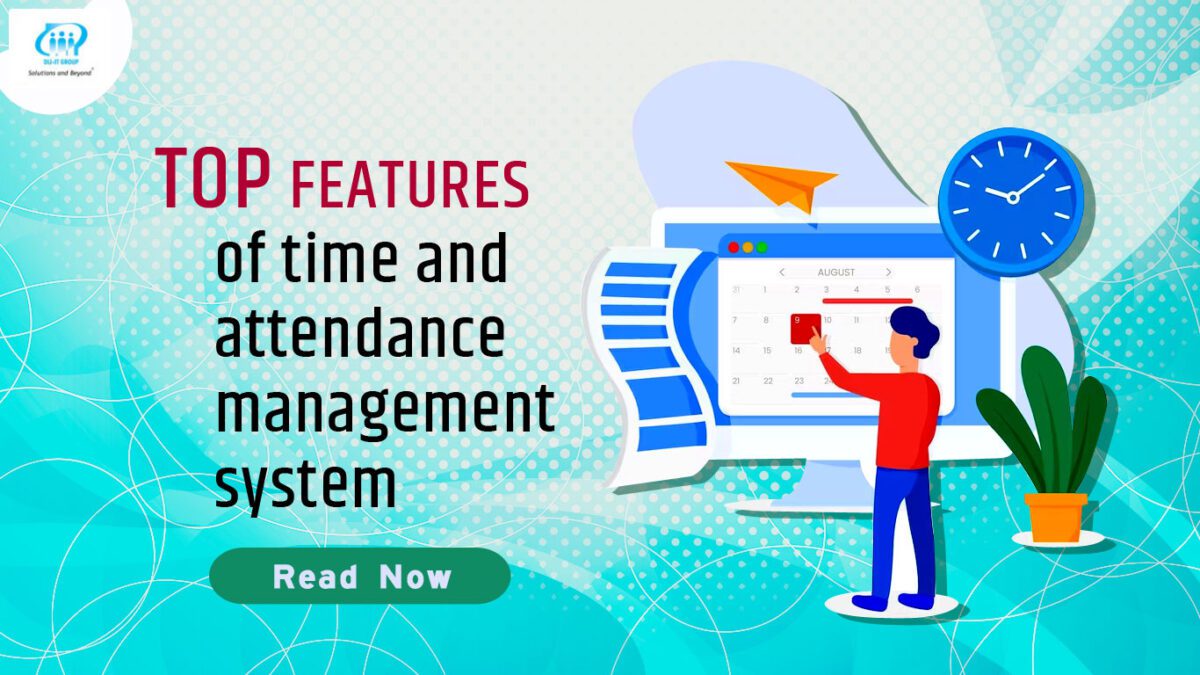A time and attendance management system is a software solution that automates the process of tracking employee work hours and attendance. It streamlines attendance tracking, timekeeping, scheduling, and reporting, and provides a comprehensive solution to manage employee time and attendance data.
The importance of time and attendance management cannot be overstated. It ensures that employees are paid accurately and on time, reduces errors and compliance risks, and helps managers make informed decisions about workforce management. In addition, it helps organizations maintain a fair and transparent work environment, as employees can be assured that their work hours are being accurately recorded and compensated.
Automated time and attendance management systems have become increasingly popular in recent years, as they offer several benefits over traditional manual methods. They are faster, more accurate, and less prone to errors, and can save organizations significant time and resources in payroll processing.
Here are some of the key features of a time and attendance management system:
Time Tracking
A time and attendance management system should allow employees to clock in and out electronically. This feature should provide real-time attendance data that can be viewed by managers and HR personnel. It should also allow employees to submit time off requests and allow managers to approve or deny those requests.
Scheduling
The system should offer tools to create schedules and assign shifts to employees. It should also provide the ability to manage shift changes and allow employees to swap shifts with one another.
Mobile App
Many time and attendance systems offer mobile apps, allowing employees to clock in and out using their smartphones. This is especially useful for remote workers who don’t have access to a physical time clock.
Leave Management
The system should offer tools to manage employee leaves such as vacation, sick time, and personal days. This should include the ability to approve or deny requests and track remaining balances.
Overtime Management
The system should track employee overtime hours and provide alerts when employees are close to reaching their maximum overtime hours.
Reporting
The system should provide customizable reports that show attendance, time worked, and other metrics that are important to the business. These reports should be exportable to various file formats for further analysis.
Integration
A time and attendance management system should integrate with other HR systems, such as payroll and employee management software, to provide a comprehensive solution to manage employee data.
Biometric Authentication
Some systems may offer biometric authentication, such as fingerprint or facial recognition, to prevent employees from clocking in and out for each other.
Reduced Costs
Implementing a time and attendance management system can lead to reduced costs for businesses. By accurately tracking employee attendance, businesses can avoid overpaying employees for hours they did not work or missing out on paying employees for hours they did work. Additionally, these systems can help to reduce the administrative costs associated with manual time tracking.
Improved productivity
When employees know that their time and attendance is being accurately monitored, it can lead to increased productivity. Employees are less likely to be late or absent from work, and they are more likely to stay focused and engaged throughout their shifts.
In conclusion, time and attendance management is a critical process for any organization that wants to ensure accurate payroll processing, compliance with labor laws, and efficient workforce management. Effective attendance management can have a positive impact on an organization’s productivity and employee morale, as well as compliance with labor laws and regulations. With the help of automated time and attendance management systems, organizations can streamline this process and improve overall productivity and efficiency.
